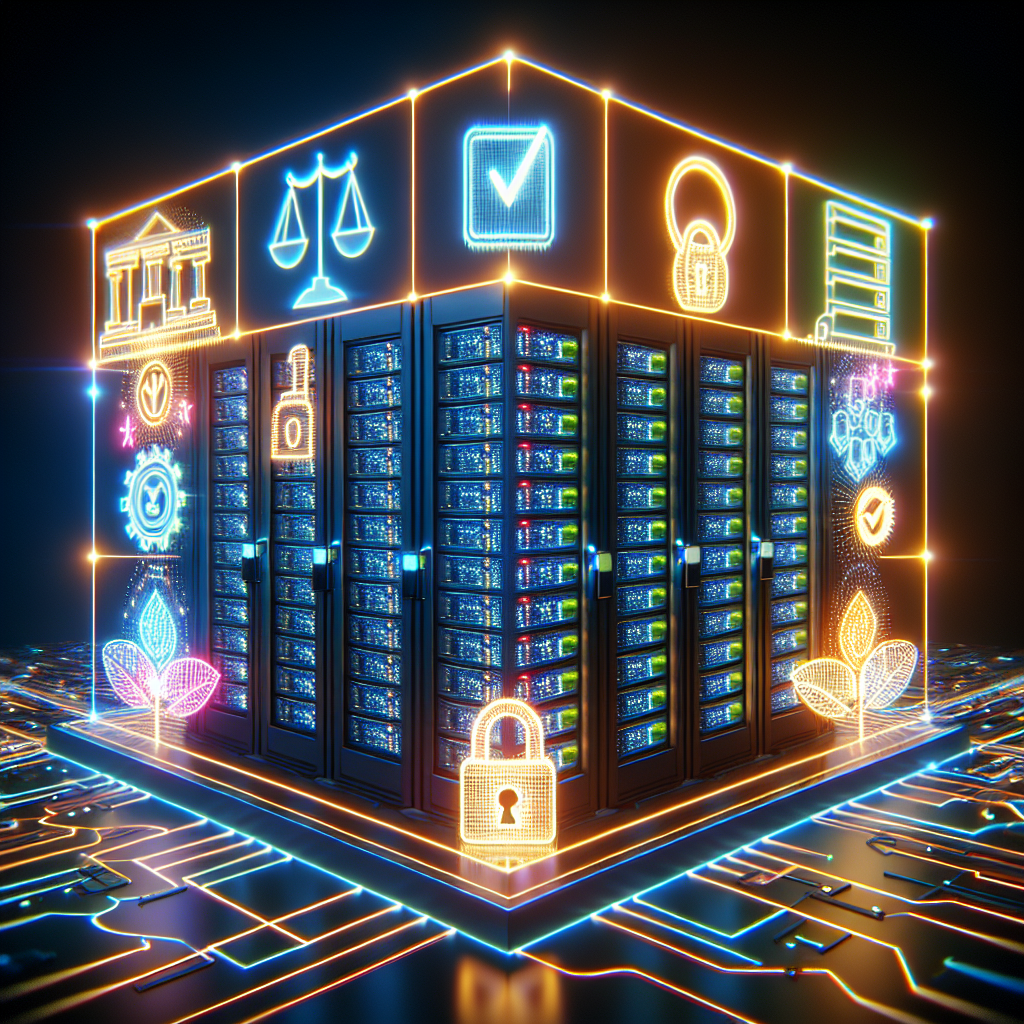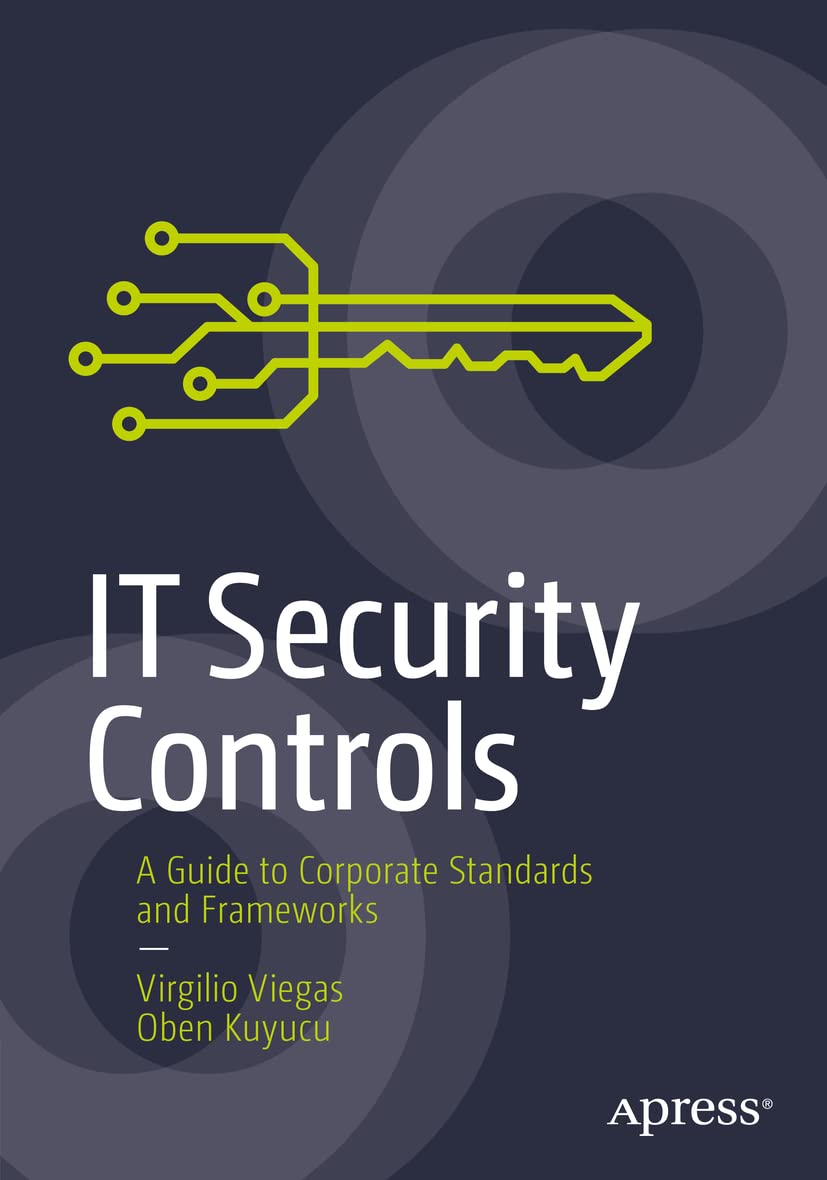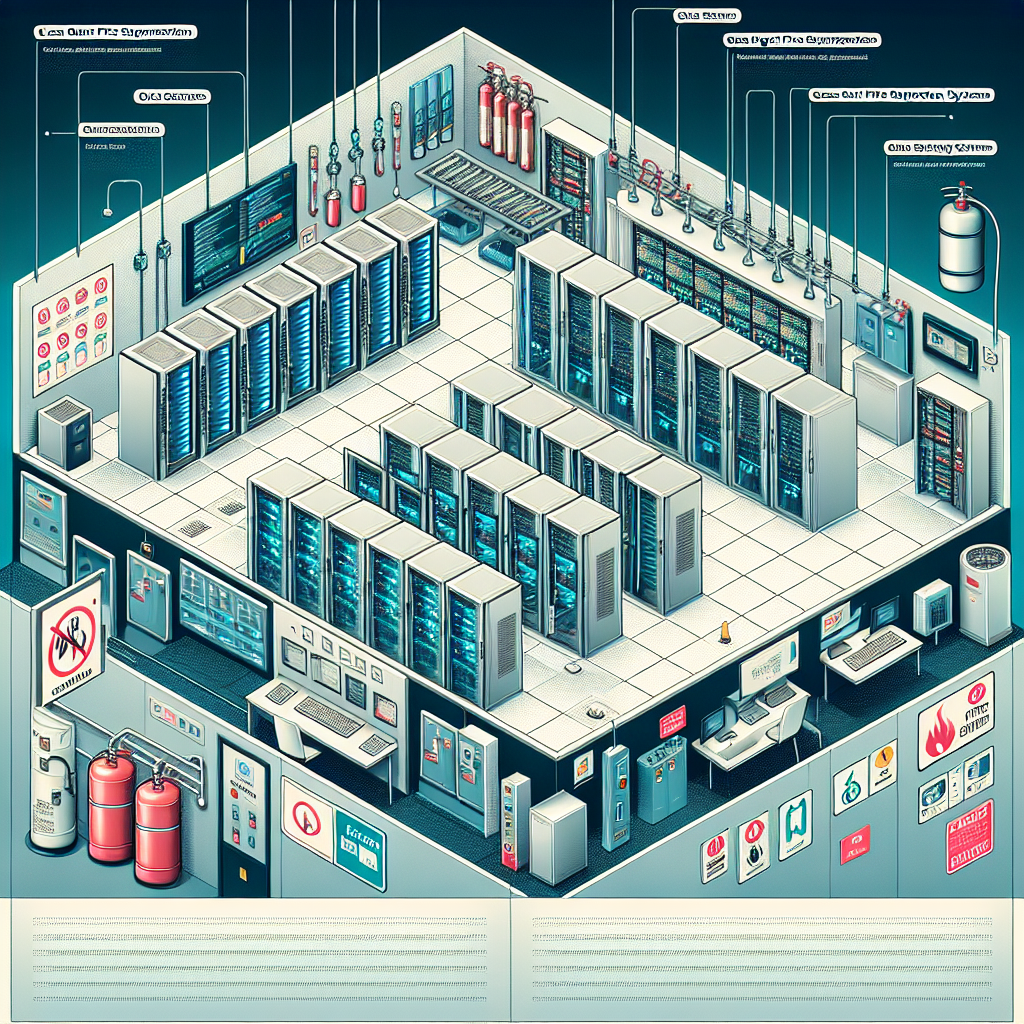Data center cabling is a critical component of any IT infrastructure, as it is responsible for ensuring that data can flow seamlessly between devices and systems. However, without proper planning and implementation, cabling can quickly become a source of inefficiency and potential downtime. To avoid these issues, it is essential to ensure that data center cabling complies with industry standards.
Industry standards for data center cabling are put in place to ensure that cabling is installed in a way that maximizes performance, reliability, and safety. Compliance with these standards is crucial for maintaining the integrity of the cabling infrastructure and preventing issues such as signal interference, data loss, and cable damage.
Here are some tips on how to ensure data center cabling compliance with industry standards:
1. Plan for scalability: When designing the cabling infrastructure for a data center, it is important to consider future growth and expansion. This means choosing cabling solutions that can easily accommodate additional devices and systems, as well as planning for sufficient cable management and labeling to support future upgrades.
2. Use high-quality cabling materials: The quality of the cabling materials used in a data center can have a significant impact on performance and reliability. It is important to use cables that are designed to meet industry standards for data transmission, such as Category 6 or Category 6A cables for Ethernet connections.
3. Follow installation best practices: Proper installation is key to ensuring that cabling complies with industry standards. This includes following guidelines for cable routing, spacing, and support, as well as ensuring that cables are not bent or twisted beyond their recommended limits.
4. Conduct regular inspections and maintenance: Even with proper planning and installation, cabling can degrade over time due to factors such as temperature fluctuations, physical wear, and environmental factors. Regular inspections and maintenance are essential for identifying and addressing issues before they can cause downtime or performance issues.
5. Document and label cabling: Proper documentation and labeling of cabling can make it easier to troubleshoot issues, make changes, and perform maintenance tasks. It is important to keep detailed records of cable runs, connections, and configurations, as well as to label cables clearly and consistently.
By following these tips, data center operators can ensure that their cabling infrastructure complies with industry standards and is capable of supporting the performance and reliability requirements of modern IT environments. Compliance with industry standards not only helps to prevent issues and downtime but also ensures that data can flow smoothly and securely between devices and systems.











